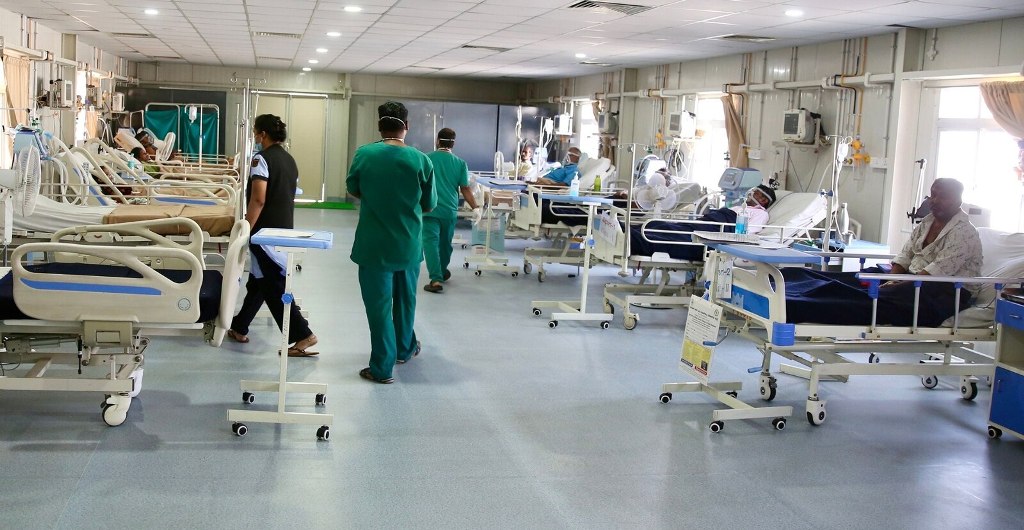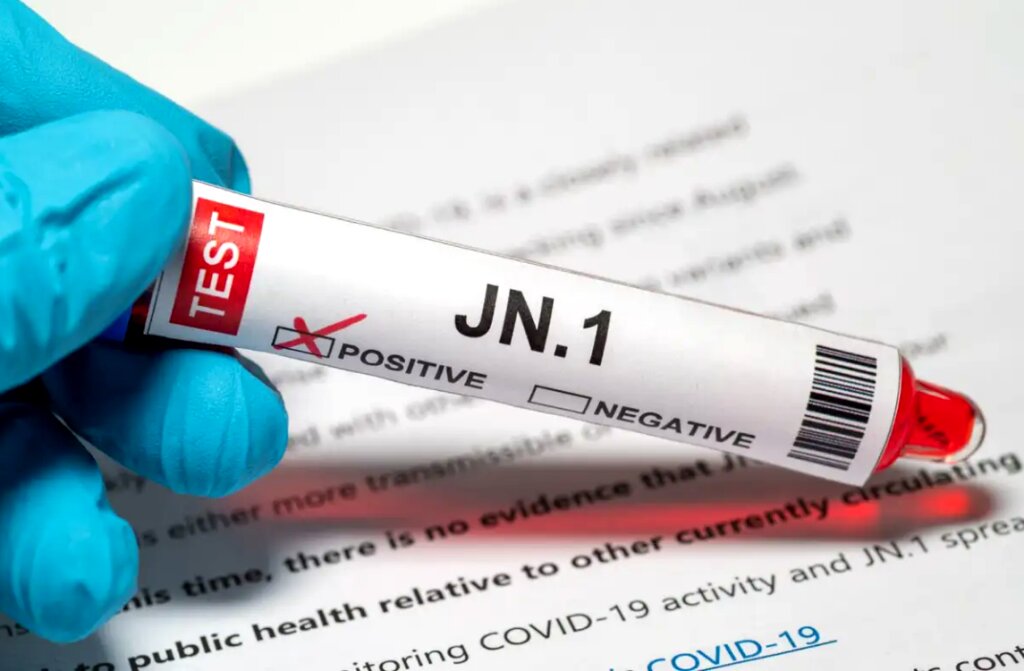
Early data from hospitals and an official from the Centers for Disease Control and Prevention (CDC) suggest that the most recent COVID variation, JN.1, may not be more severe than the previous ones. “The Centers for Disease Control and Prevention (CDC) is tracking JN.1’s rapid rise to 85.7% of COVID-19 cases in the United States,” Dr. Eduardo Azziz-Baumgartner said on Monday.
To provide a more accurate picture of the impact that JN.1 has had this season, he said the CDC was currently gathering further data. He said there were “early signals” that JN.1 was not causing worse symptoms, but he cautioned that the virus might still be extremely severe or even fatal for specific individuals.
In the coming weeks, he said, the CDC would provide more information about the severity of JN.1. Regarding the publication date of the revised evaluation, a spokesperson for the CDC could not offer any comment.
The Centers for Disease Control and Prevention (CDC) and other federal health organizations have not yet designated JN.1 as a “variant of interest,” in contrast to the World Health Organization (WHO), which did so just one month ago. According to the World Health Organization (WHO), there is no evidence to suggest that JN.1 or any other variations of interest are associated with increased disease severity.
The CDC also reported a decrease in respiratory virus trends, following an increase that occurred during the holiday season. As hospitalization rates were lower than during the previous season, the agency’s forecasters said that the spread of JN.1 did not enhance the risk of COVID-19 this winter.
Nevertheless, according to the data provided by the CDC, the number of influenza hospitalizations across the country was still outweighed by 19 hospitalizations. There was no significant change from the previous records for weekly rates of either virus in the agency’s figures.
As hospitals were tardy in reporting their admissions, Dr. Azziz-Baumgartner said data gaps could compromise the integrity of the numbers. In addition, he said that authorities were keeping a close eye out for a potential increase in the number of influenza cases, similar to what had been observed in some previous seasons before the pandemic.
He also said that certain regions, mainly New England, were experiencing hospital difficulties. Based on the data provided by the CDC, it was determined that the area had the lowest hospital capacity rate nationally.
Officials said that a problem of “unprecedented overcrowding” was being experienced by Massachusetts General Hospital and other hospitals in the state last week.

Leave a Reply